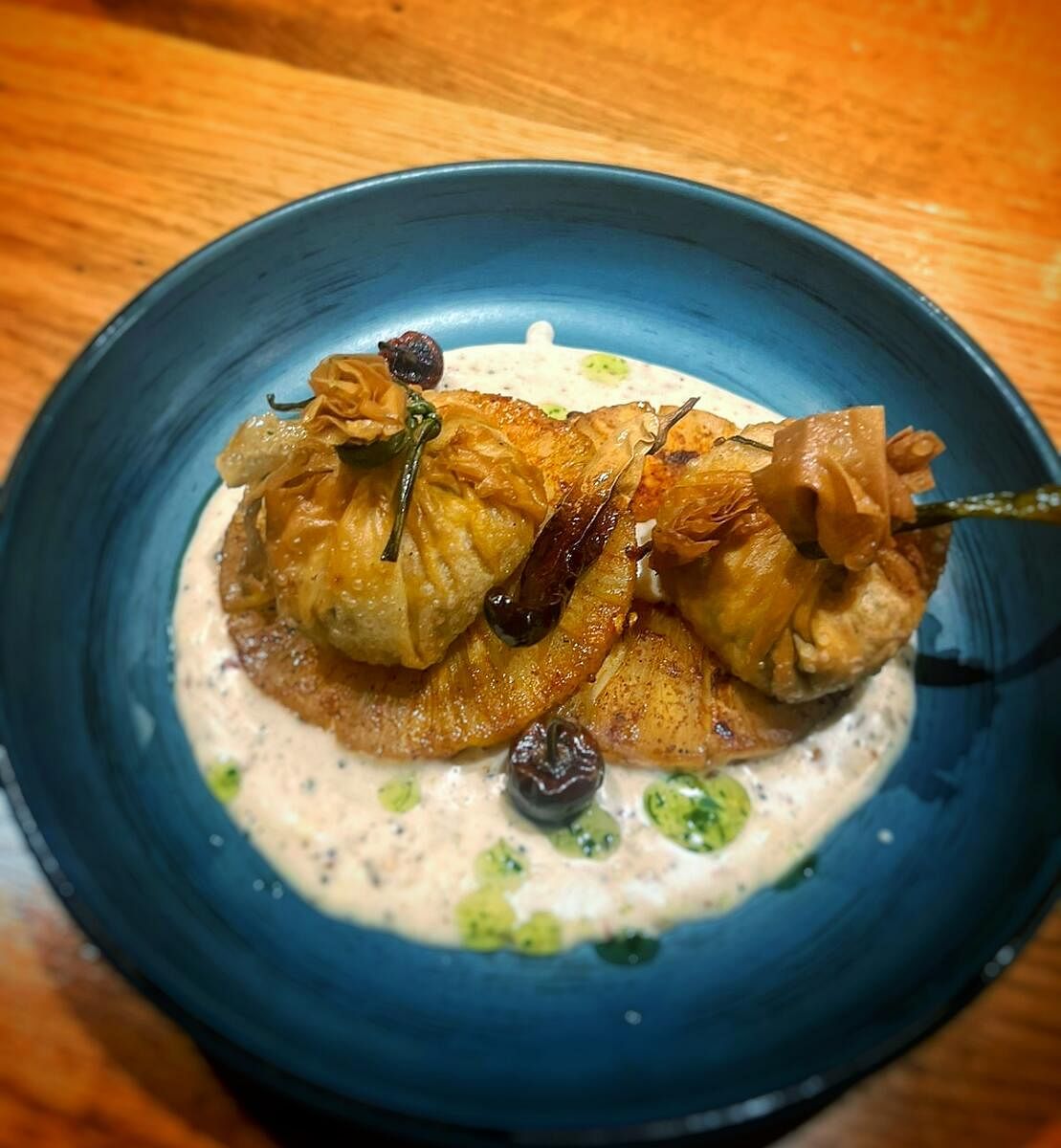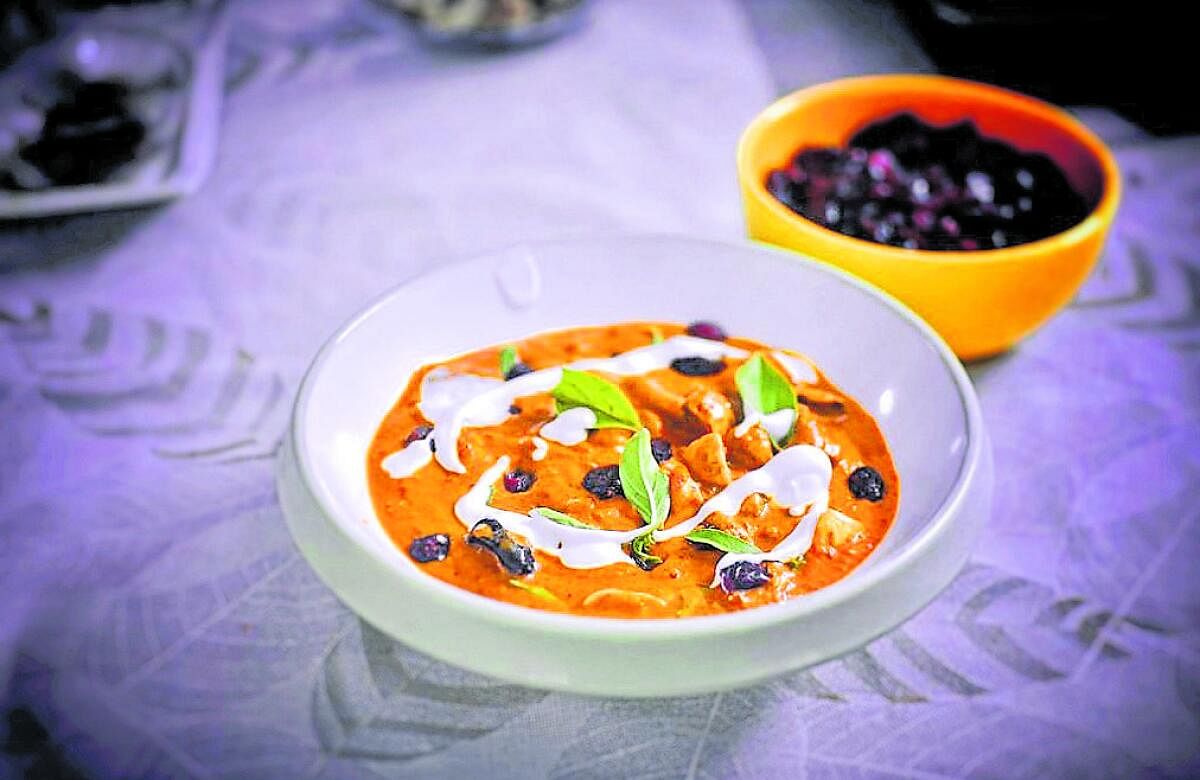

Ever since that day in 1909 when the influence of our very own kathal transcended beyond kitchens, our motto should have been ‘ask not what your kathal can do for you, ask what you can do for your kathal’. It was Okhil Chandra Sen’s lota-dhoti debacle that got us toilets aboard the trains. If assumptions be made, Okhil babu must have enjoyed an extra helping or two of kathal (jackfruit) at his Jamai Sashthi ritual. For, late summer is the season when jackfruit arrives and challenges many kingdoms, even that of the mango.
A ray of hope on meatless days
Nostalgia has it that the day it used to enter the household, it was all about endless patience. The grandmother would sit on the floor, a bowl of mustard oil handy for applying on hands again and again, and spend hours cutting and peeling it fibre by fibre on a sickle stand with a bespoken amorous affection. The bets would be made if it was either the dry vegetable or the pickling day. Had she cut them in cubes, the gravy version made in opulence with ghee and whole spices, was a no-brainer. For Chef Vineet Bhatia, a recipient of two Michelin Stars, kathal biryani was no less than a knight in shining armour on meatless Tuesdays. “I fondly remember my mother making jackfruit biryani. When she made a larger batch, be it masala or kadhai or bhuna style, and we had leftovers, the next day would go into making khichdi or biryani. And, it would be difficult to differentiate as the texture used to be so much like mutton, it felt like having mutton,” he says. And, he often takes that walk down memory lane by recreating kathal biryani in his kitchen.
Yet, it is the recent Netflix movie Kathal – A Jackfruit Mystery — where, bizarrely, a local politician’s missing jackfruits become a nightmare for cop Sanya Malhotra — that makes one wonder how did jackfruit disappear from our lives?
After all, it is native to India. KT Achaya, the food historian, traces its origins to Maharashtra, Karnataka, and Kerala, dating back around 3,000-6,000 years. Bharhut Stupa in Madhya Pradesh flaunts carvings of jackfruits on its pillars, telling us that the fruit held importance way back in the 2nd century BCE. It got a touch of sacred when in the 18th century, Manipur’s king Bhagya Chandra was commanded by lord Krishna in a dream to carve his images from a jackfruit tree that stood on the Kaina hill. Of the seven images that were ultimately made, the first one was installed at Shri Govindji Temple in the Imphal palace.
In Kerala’s Kasargod district, it was jackfruit that helped the region survive in 1941. Amid the destruction caused by the worst floods to hit the place, the bountiful jackfruit sustained the community, eaten as fruit, vegetable, and even a substitute for rice. Since then, every year in June-July, devotees offer ghee-laced jackfruit fritters at the Yethadka Sri Sadashiva Temple, and everyone is reminded of jackfruit’s importance. “Kathal has slowly gone out of style because it demands time,” food historian Pritha Sen summarises. “Also, the ripe jackfruit has this strong smell that many find unpleasant. The raw one, which is made into curries, is tough to cut. So, what has happened is that people have lost the taste for it as it is rarely made in homes now. The younger generation does not know how to cook kathal.”
Perhaps, all we needed was the whole recurring cycle of West acknowledges, India realises and reclaims. “It (jackfruit) might be new for them; they think they discovered it, but we knew it all along. They don’t even know how to treat its versatility,” says Sen, who makes a mean haleem out of it.
The variety...
Jackfruit tacos, enchiladas, salads and desserts popped up on the menus in California when E Network, an influential Hollywood media house, declared it a superfood a few years back. In the same year (2014), the World Bank and United Nations warned that rising temperatures and erratic rainfall were resulting in decreased wheat and corn yield. The world’s eyes further turned to the jackfruit — high in nutrition, cheaper than wheat and corn, drought resistant, withstands pests and diseases, hardly needs attention, and the crop never fails. Researchers hailed it as an alternative food of the future! After all every part of the tree is useful! The leaves make for good cattle feed. As timber for furniture and musical instruments, it is quite expensive. And, the medicinal importance of its roots is highlighted in the Akbar-Birbal folklore too.
For the Kaani tribal community of the Western Ghats, jackfruit has always been a major staple food. Before they chop one down for their huts, their environmental ethics reflect in the ritual called pilathi — the clan priest worships the spirits; as they are killing a tree with life, the spirits living in it should not take revenge on them.
While the West has a long way to go before moving beyond the ‘pulled meat’ form of jackfruit, Indian chefs have been promoting its comeback by making it global and, in the process, reacquainting urban India with it.
A vegan’s delight
“Kathal adapts to every cuisine, be it Indian, South East Asian or European,” says chef Nishant Choubey, who is currently delighting Ghana with jackfruit parmigiana, jackfruit tagliatelle, and jackfruit cream cheese crepes, at Ilona in Accra. “At Sattvik (in Delhi) recently, I served it on toast — like liver pate, and people were pleasantly confused,” he adds. Guess the restaurant’s name gave it away! His jackfruit ragda filo pie was quite a hit too, along with moti jackfruit biryani with roasted jackfruit seeds, and jackfruit cranberry curry with coconut milk (a vegan’s delight for sure!).
“Jackfruit is just so versatile,” chef Bhatia concurs. Just ask him what all can be done with it, and a chef’s imagination goes into overdrive — blanch it, pressure cook it, treat it like meat, cook it in tandoor or grill, make a salad out of it, make kulfi, sheera, barfi, kheer…” he trails off, adding if given an option he would do an entire five-course meal out of jackfruit. Perhaps at Dhilli, The Oberoi, where his menu celebrates the flavours of the Capital in a progressive style.
And, as Sanya Malhotra put it, ‘just like we call mango the king of fruits, the jack of all fruits is kathal’. And, that there is a mystery solved!